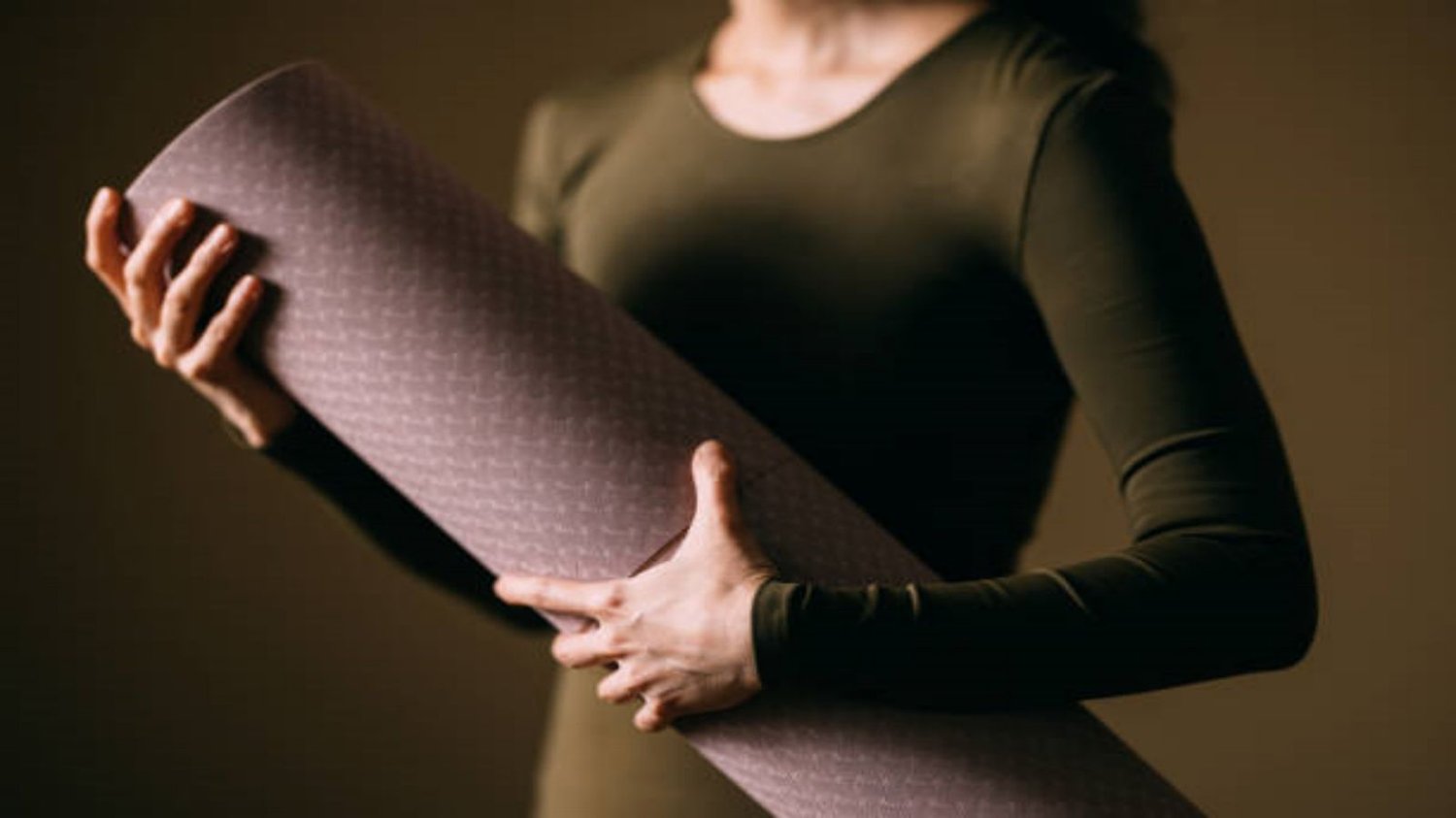Table of Contents

The Importance of Choosing the Right fabric for sportswear
Sportswear is designed to provide comfort, flexibility, and breathability while engaging in physical activities. When it comes to selecting the perfect fabric for sportswear, there are several factors to consider. In this article, we will explore the different aspects of fabric for sportswear, including its performance, durability, moisture-wicking properties, and more. Whether you are an athlete, fitness enthusiast, or simply someone who wants to stay comfortable during workouts, understanding the best fabric options is crucial.
1. Performance Fabrics for Enhanced Athletic Performance
Performance fabrics are specifically engineered to enhance athletic performance. These fabrics are often made from synthetic fibers like polyester, nylon, or spandex. They offer excellent moisture-wicking properties, allowing sweat to be quickly evaporated, keeping the body dry and cool. Performance fabrics also provide stretchiness, allowing freedom of movement without constriction. Additionally, they are lightweight and durable, making them ideal for high-intensity workouts and sports activities.
2. Breathable Fabrics for Ventilation and Comfort
When engaging in physical activities, it is essential to choose fabrics that promote airflow and ventilation. Breathable fabrics, such as mesh, bamboo, and certain types of polyester, allow air to circulate, preventing excessive sweating and overheating. These fabrics are often utilized in sportswear design, especially in areas prone to sweating, such as underarms and back panels. By optimizing breathability, these fabrics help maintain optimal body temperature and increase overall comfort during workouts.
3. Moisture-Wicking Fabrics for Sweat Absorption
Sweat absorption is a crucial factor when it comes to sportswear. Moisture-wicking fabrics are designed to draw moisture away from the skin, keeping the body dry and comfortable. Fabrics like polyester and nylon excel in this aspect, as they have hydrophobic properties that repel water while efficiently wicking away sweat. By utilizing moisture-wicking fabrics in your sportswear, you can avoid discomfort caused by clinging, wet clothes and reduce the risk of chafing or skin irritation.
4. Odor-Resistant Fabrics for Freshness
During intense workouts, body odor can become an issue. To combat this, some sportswear manufacturers incorporate odor-resistant fabrics into their designs. These fabrics are treated with antimicrobial agents that inhibit the growth of odor-causing bacteria. Polyester and merino wool are popular choices for odor-resistant sportswear due to their natural antimicrobial properties. By choosing odor-resistant fabrics, you can stay fresh and confident throughout your workouts.
5. Compression Fabrics for Support and Recovery
Compression sportswear has gained popularity in recent years due to its ability to provide support, improve blood circulation, and enhance muscle recovery. These fabrics are typically made from a blend of spandex and nylon, offering a snug fit that applies pressure to specific muscle groups. The compression helps reduce muscle vibration, which can lead to fatigue and muscle soreness. Additionally, compression sportswear aids in preventing muscle strains and accelerates recovery after intense physical activities.
6. Environmental-Friendly Fabrics for Sustainable Sportswear
With the growing concern for the environment, sustainable sportswear options have become more prevalent. Fabrics like recycled polyester, organic cotton, and bamboo are excellent choices for those who prioritize eco-friendliness. These fabrics not only reduce the reliance on virgin materials but also minimize the carbon footprint. By opting for environmentally-friendly fabrics, you can contribute to a greener future while enjoying the benefits of comfortable and high-performance sportswear.
7. Thermal Fabrics for Temperature Regulation
When engaging in outdoor sports or activities during colder months, thermal fabrics play a vital role in maintaining body temperature. Thermal sportswear is typically made from materials like fleece, merino wool, or synthetic blends. These fabrics provide excellent insulation, trapping body heat and keeping you warm in chilly conditions. Furthermore, they are designed to wick away moisture, preventing discomfort caused by sweat accumulation during intense physical activities.
8. Durability and Longevity of Sportswear Fabrics
Investing in sportswear that is built to last is important, especially if you engage in regular physical activities. Fabrics with high durability, such as nylon and polyester, can withstand frequent washing, stretching, and intense workouts without losing their shape or performance properties. Look for sportswear with reinforced stitching and quality construction to ensure longevity. By choosing durable fabrics, you can enjoy your sportswear for an extended period, saving both money and the environment.
9. Maintenance and Care for Sportswear Fabrics
To ensure the longevity and performance of your sportswear, proper maintenance and care are essential. Always refer to the care instructions provided by the manufacturer. In general, it is recommended to wash sportswear in cold water, using mild detergent, and avoid using fabric softeners as they can clog the fabric pores. Additionally, air drying or using a low-heat setting in the dryer is preferable to prevent fabric damage. Taking care of your sportswear will help maintain its functionality and keep you comfortable during workouts.
